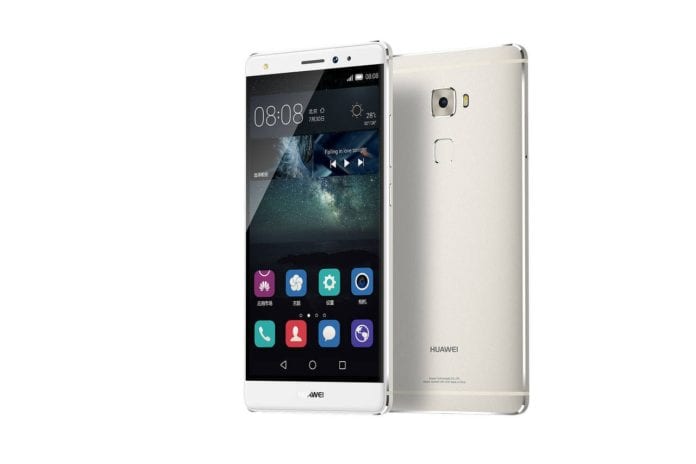Huawei expects to sell 100 million smartphones this year, making the Chinese wireless giant a solid No. 3 in the smartphone market behind Samsung and Apple. The company said it sold 27.4 million smartphones during the third quarter, and that one-third of those were mid-to-high-end devices. Smartphone sales were up 63% versus the year-ago quarter.
Huawei claimed 8.7% of the smartphone market during the second quarter, according to IDC, while Samsung had 21.4% of the market and Apple 13.9%. Huawei is poised to be the fastest growing smartphone maker, and most of its market share is likely to come from Android competitors, including Samsung. The overall smartphone market is expected to grow 10.4% this year.
The higher end of the market has long been a target for Huawei, but in a crowded field the company had a hard time gaining traction until recently. During the second quarter of this year, Huawei established itself as the No. 3 vendor behind Apple, pulling ahead of Chinese competitors Xiaomi and Lenovo, which now owns Motorola’s smartphone business. Despite the slowing Chinese economy, Huawei managed to double its smartphone revenue growth in the world’s largest market during the first half of this year.
Huawei’s current flagship, the Mate S, is a 5.5-inch Android smartphone that sells for roughly $675 off-contract. It boasts a touchscreen that enables users to quickly open the camera by drawing the letter “C” and launch a Web browser by drawing the letter “I.” The Mate S is not available in the United States, underscoring the fact that other world markets are far more important to Huawei.
Like Samsung, Huawei participates in three key parts of the wireless ecosystem: devices, chips and wireless infrastructure. Its wireless infrastructure business has thrived worldwide, with the notable exception of the United States, where carriers have been asked to avoid buying core network equipment from Huawei for political reasons.
Huawei also makes semiconductors for its mobile devices and network infrastructure. The company recently formed a joint venture with Qualcomm and Semiconductor Manufacturing International, China’s largest chipmaker. The group’s goal is to produce next-generation chips for smartphones and servers.
Follow me on Twitter.

